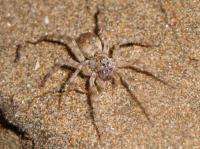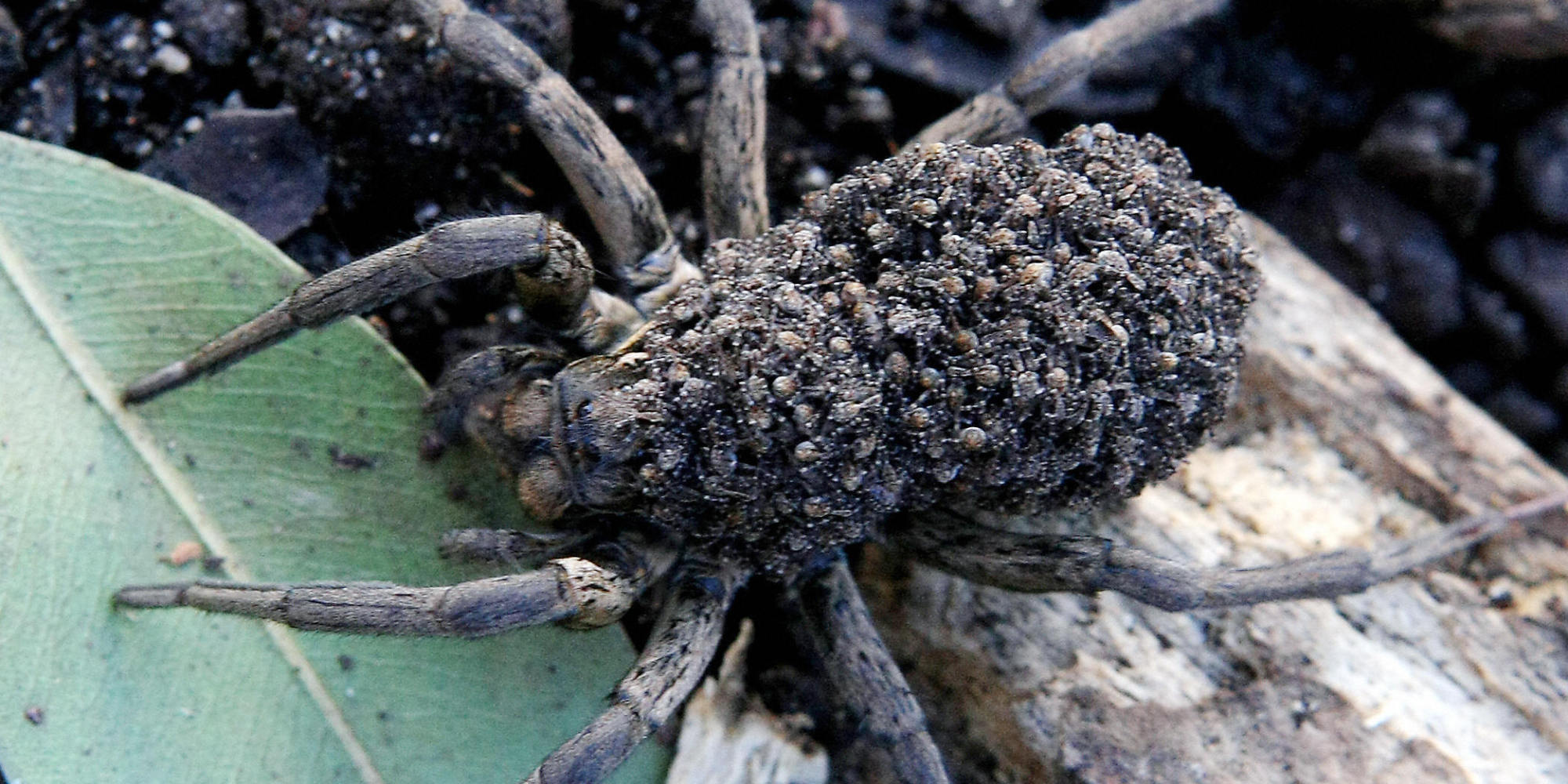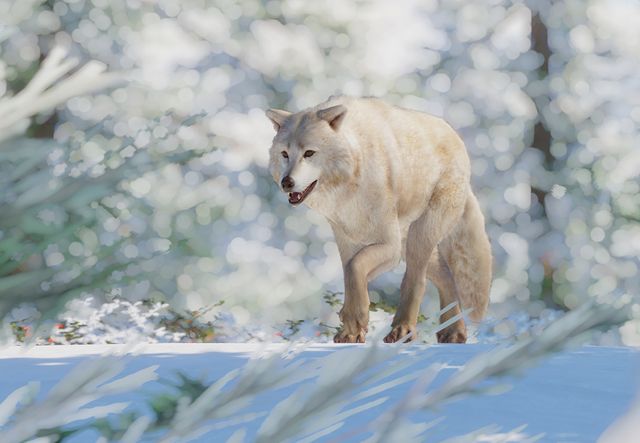
Wolf spiders are dominant and ecologically important arctic predators that experience high rates of egg sac parasitism by wasps. In the Arctic, a high diversity of parasitoids relative to potential hosts suggests that parasitoids may exert strong selection pressure on arthropods, but the extent to which these interspecific linkages drive arthropod population dynamics remains unclear. Parasitoids can affect host population dynamics with community-level consequences.

ARCTIC WOLF SPIDER SERIES
The long time series tells the researchers that the earlier the snow disappears from the ground, the greater the proportion of spiders that can produce a second clutch of offspring. The large amount of data allows us to show how small animals in the Arctic change their life history in response to climate change," says Høye. "We now have the longest time series of spiders collected the Arctic. By looking at the distribution of the number of eggs in the egg sacs throughout the season, it became clear that in some summers the spiders produced two egg sacs-a phenomenon that is known from warmer latitudes, but which has not previously been observed in the Arctic. The researchers counted the number of eggs in the individual spider's egg sacs and compared this information with the time of the season that the animal was caught.

Wolf spiders carry their eggs in a so-called egg sac.


The spiders were caught in small pitfall traps set up in different vegetation types. Høye from the Arctic Research Centre and Department of Bioscience at Aarhus University has now shown that changes are also occurring in the reproduction of invertebrates.įor almost 20 years, researchers at the Zackenberg Research Station in northeastern Greenland have caught wolf spiders as part of the monitoring programme Greenland Ecosystem Monitoring. There are also signs that species move farther north and up into the mountains.Ī team of researchers led by senior researcher Toke T. Researchers have previously reported how plants bloom earlier and earlier in the season. The average temperature is increasing significantly and this affects the ecosystems. A lot, actually.Ĭlimate change is more dramatic here than in any other place on Earth. They typically take several years to become adults, and only produce one clutch of offspring.īut something is happening in the high north in these years. A new study, which has just been published in Proceedings of the Royal Society B, show that predators like wolf spiders respond to the changing conditions and have been able to produce two clutches of offspring during the short Arctic summer.Īrctic spiders are at the top of the food chain among invertebrates and are numerous on the Arctic tundra. Climate change leads to longer growing seasons in the Arctic.


 0 kommentar(er)
0 kommentar(er)
